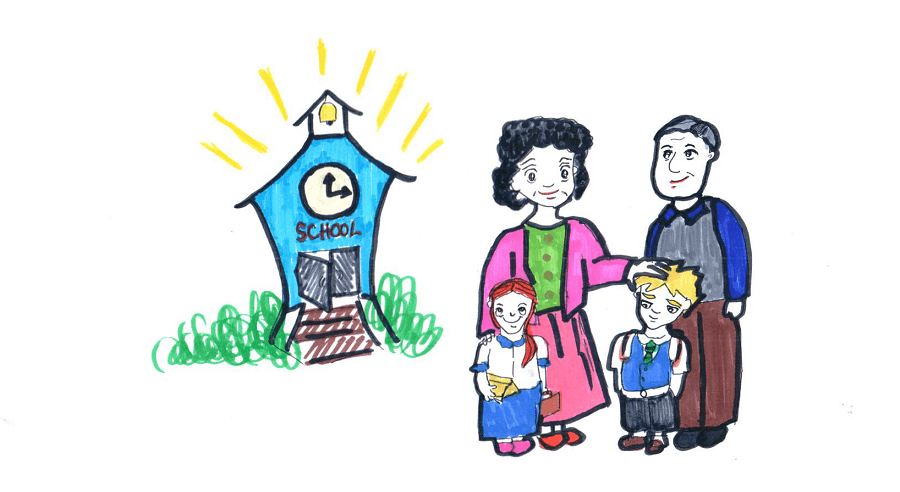Chuyên đề IELTS
Bài viết tham khảo IELTS Task 2: animal extinction
Cùng thử thách bản thân với với IELTS Task 2 khá mới liên quan đến sự tuyệt chủng của các loài động vật. Bạn đã bao giờ nghe qua chưa? Nếu phải viết về chủ đề này thì bạn có ý không?
Sao không 'liếc' qua thử cùng mình?
Bài mẫu Task 2 chủ đề: Du Lịch Không Gian
Cả nhà đã thử sức với chủ đề viết thú vị về 'Space Tourism' - Du lịch không gian chưa?
Mình gửi đến cả nhà bài viết mẫu điểm cao về chủ đề này để cả nhà có thể tham khảo và so sánh nhé!
Bài giải gợi ý Part 2: Describe a historical building in your area
Như đã hứa, bên dưới là bài giải gợi ý cho chủ đề "a historical building". Cả nhà tham khảo và chuẩn bị tốt cho kì thi sắp tới của mình nha!
Ad đã bôi đậm 1 số từ và cụm từ quan trọng để cả nhà có thể áp dụng vào những bài tả nơi khác của mình.
Bài giải mẫu Writing Task 2 band 7 – chủ đề ‘teachers’
Ad gửi đến bạn bài giải tham khảo cho TASK 2 IELTS band điểm 7 về chủ đề giáo viên, học sinh và giáo dục. Bên dưới ad đã nêu ra ý chính và cách phát triển chúng. Bạn hãy trau chuốt thêm 1 chút để làm thành bài viết riêng của mình nhé!

 Hệ thống giáo dục Úc
Hệ thống giáo dục Úc Hệ thống giáo dục Canada
Hệ thống giáo dục Canada Hệ thống giáo dục Mỹ
Hệ thống giáo dục Mỹ Hệ thống giáo dục Singapore.
Hệ thống giáo dục Singapore. Hệ thống giáo dục Anh
Hệ thống giáo dục Anh



